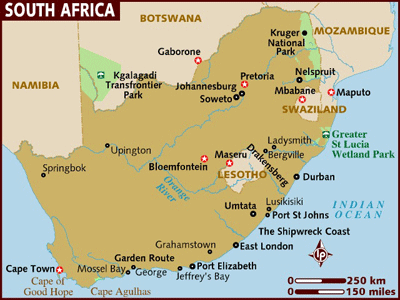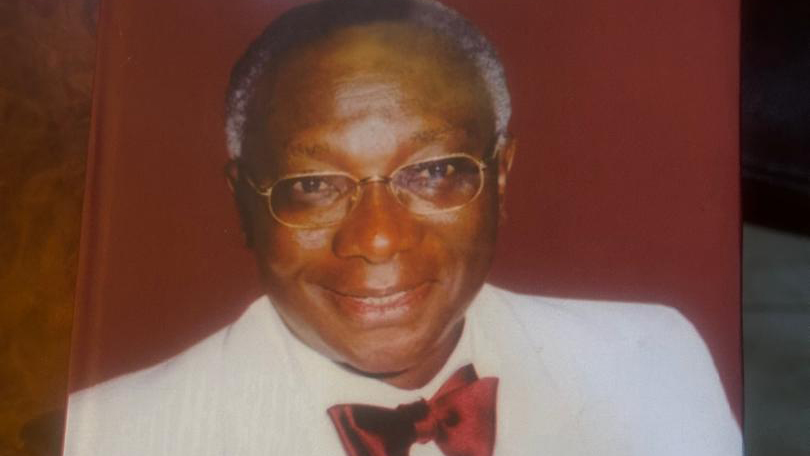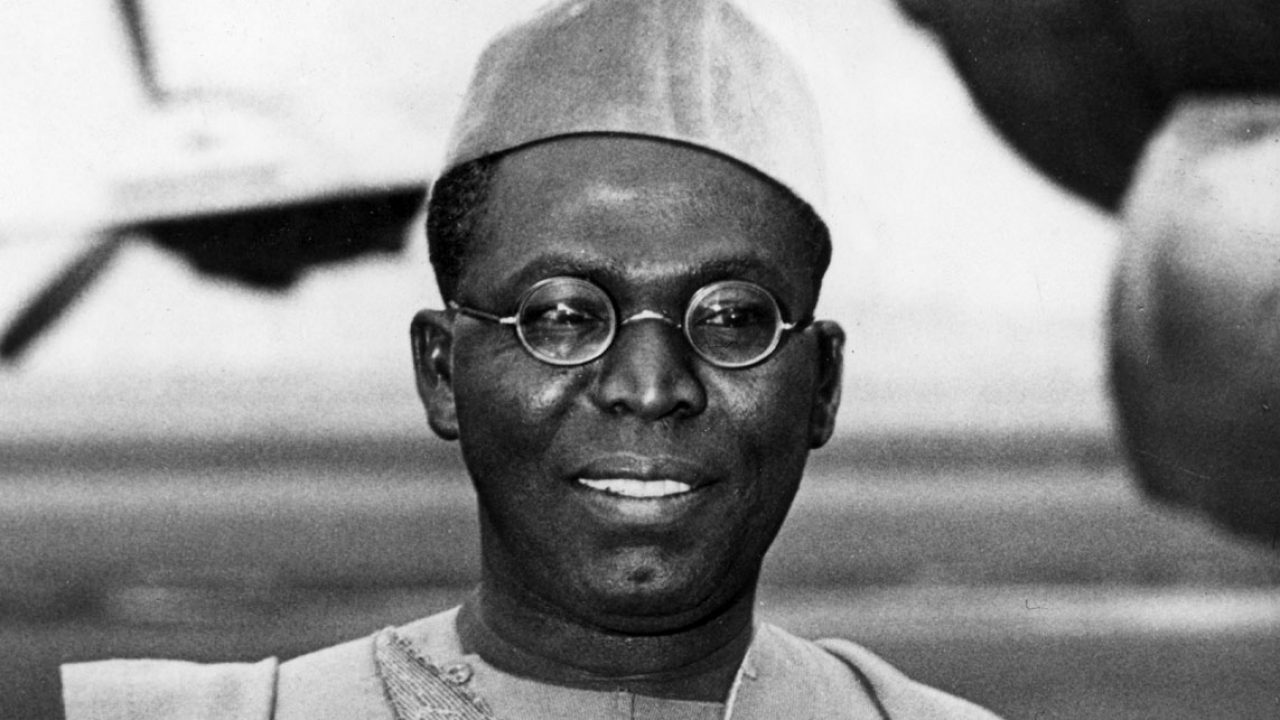
THE recent xenophobic attacks in South Africa can be explained by the phenomenon of “dog-whistle politics.” This is political messaging that uses coded language to appeal to certain groups while sounding innocuous. A dog-whistle is, of course, heard only by dogs, but not by humans. American conservatives, for example, have frequently linked crime to black people to frighten white voters. Perhaps the most famous example of this politics was English King Henry II’s question: “Who will rid me of this troublesome priest?” The King’s men took this as the signal to murder Archbishop of Canterbury, Thomas Becket, in his cathedral in 1170. In the contemporary South African case, another monarch, Zulu King Goodwill Zwelithini’s reported depiction of foreign migrants as “lice” and call for them to “pack their belongings and go back to their countries” effectively served as a coded signal for his subjects to hunt down defenceless foreigners.
As the recent, horrific xenophobic attacks in Durban and Johannesburg (which killed at least eight people and displaced about 2,000) were beamed across the globe, I had an awful sense of déjà vu and flash-backs to the equally barbaric attacks in 2008 when 62 people had been killed and 100,000 displaced (with only one person having been convicted for murder). The same crocodile tears flowed down many cheeks, while the same base word-plays, denialism, and pseudo-scientific analyses flowed from the mouths of politicians and pens of pundits. The question my jurist mother had asked during the 2008 attacks still remained unanswered: “Have South Africans not got any leaders who can talk to them?”
Xenophobia has thrived in South Africa, as incidents like the killing of two Senegalese and a Mozambican by a mob – flung to their deaths in a moving train – in 1998 graphically illustrated. By 1998, 25 per cent of South Africans were said to favour a complete ban on migration into the country, as African migrants were accused of stealing jobs and women, committing crimes, and spreading AIDS. Demands have been made to revoke the work permit of foreigners; calls made to jail foreigners with falsified documents for several years before deporting them; and many foreign street-hawkers have come in for particular harassment. Between 1994 and 2000, South Africa deported 600,000 African migrants, while 177,000 Zimbabweans were deported between 2005 and 2006. In 2000, “Operation Crackdown” continued apartheid-era practices by arresting people in areas with black immigrant populations, which saw the destruction of valid documents and other illegal tactics by the police. People were sent to the notorious Lindela detention centre, and Human Rights Watch reported that a few undocumented migrants died in detention.
Sections of South Africa’s media have contributed to creating a xenophobic environment by some of their inflammatory and stereotypical coverage of immigration issues. Sometimes, even legal migrants and genuine asylum-seekers are demonized as a lecherous, impoverished “flood” threatening to overwhelm the country. Words like “hordes,” “waves,” “flocking,” “streaming” are ubiquitous in this reporting. Nigerians are condemned as drug-traffickers; Congolese as diamond-smugglers; Basotho as smugglers of copper wire; Mozambicans as carjackers; and Zimbabwean women as prostitutes. Citizens of countries in North America and Western Europe who are also involved in crimes are rarely reported on. The Africanization of crime clearly makes it easier to perpetuate xenophobia against these migrants.
The most frightening aspect of the recent xenophobic attacks is that they are actually a continuation of the savage murder of foreign migrants that started long before 2008 and have never stopped. In the last seven years, an estimated 350 foreigners have been murdered in South Africa. There were xenophobic attacks in Cape Town and the Free State in 2012. In March 2013, eight police officers in Johannesburg were suspended after a Mozambican taxi-driver, Mido Macia, was tied to the back of a police van – for an alleged traffic offence – and dragged along the street, before dying from his head injuries. Scores of Somali shopkeepers continue to be killed in Cape Town and Port Elizabeth, including being stoned and hacked to death. A reported 73 Nigerians were murdered by police or locals last year. This April, a mob of arsonists in Durban locked Ethiopian, Tescsma Marcus, in his shop and burnt him alive. Pakistani and Bangladeshi shopkeepers have also been attacked.
This xenophobia has been fuelled by the dog-whistle politics of politicians, many of whom, in their disoriented denialism, have sought to pretend that attacks on foreigners are, in fact, merely criminal acts. This has not just added insult to injury, but mocked the intelligence of a global audience that has seen ordinary people attacking their neighbours and looting their shops in scenes echoing murderous pogroms. President Jacob Zuma has not covered himself in glory in his handling of this crisis. He has sometimes seemed more concerned with protecting “brand South Africa” for foreign investors than protecting foreigners from rampaging mobs. His call for journalists to be “patriotic” in their reporting on the murder of a Mozambican migrant, Emmanuel Sithole, because “this makes us look bad,” was shocking. His visit to the migrant shelter in Durban in which he waved a large 50,000 Rand cheque – effectively “blood money” – was met with the derision it deserved. His comments that African governments should be responsible for keeping their own citizens at home was callous, and also ahistorical, considering the refuge that South Africans like Zuma himself were offered in Zambia, Angola, Mozambique, Lesotho, and Tanzania during the liberation struggle.
Before these attacks, President Zuma’s Swazi-born son, Edward, had warned that foreigners “were taking over the country.” Countless politicians have also engaged in this dog-whistle politics. Water and sanitation minister, Nomvula Mokonyane, complained that “almost every second outlet or even former general dealer shops are run by people of Somali or Pakistani origin”, describing this as a “recipe for disaster”. When she was deputy trade and industry minister, Deputy Small Business Development Minister, Elizabeth Thabethe, similarly noted: “You may still find spaza shops with African names, but when you go in to buy you find your Mohammeds and most of them are not even registered.” Small business minister, Lindiwe Zulu, warned that foreigners were living in South Africa as a “courtesy” and needed to share their business practices with South Africans. More recently, she has railed against the spiritual and medicinal adverts that foreigners have placed in the country’s newspapers. Tough-talking home affairs minister, Malusi Gigaba, termed the recent violence as criminality rather than xenophobia, before calling for a battle against the very xenophobia he had just denied. Gigaba’s chaotic immigration reforms have already done much damage to a skills-starved country.
The government’s response to the xenophobic violence has been harsh and insensitive, and is likely to make a serious problem worse. There has not been any real effort to understand the root causes of this problem and much of the reaction has been knee-jerk. Soldiers have been deployed to the country’s borders, just as they were under the apartheid era, to stem a swart gevaar (black peril) of scavenging amakwerekwere (foreigners); heavy-handed raids continue against “illegals” by police whose constitutionally-mandated job is to protect these very foreigners; there has been a crackdown on “illegal trading”; and South Africans have been urged to report foreigners committing crimes to the police.
Despite frequent accusations of migrants taking away South African jobs, only an estimated 4% of workers in South Africa aged 15 and 64 are, in fact, foreigners. As another traumatised group of Africans leaves South Africa to embark on yet another season of migration to the North, the popular hash-tag “Say No to Xenophobia” has proved about as effective as the bumper sticker “Make Love, Not War” has been in halting the atrocities of truculent warlords. Protests against South Africa have been seen in Mozambique, Malawi, Zimbabwe, Zambia, and Nigeria, amidst calls for a boycott of the ubiquitous South African businesses across the continent. If this situation is not carefully managed, South Africa will surely reap the whirlwind of the grim harvest of xenophobic violence that its dangerous dog-whistle politics has unleashed.
• Dr. Adekeye Adebajo is Executive Director of the Centre for Conflict Resolution, Cape Town, South Africa.






